The Museum of Decorative Arts in Viana do Castelo, Portugal, is a must-visit destination for anyone with a passion for art and history. Housed in a stunning 18th-century building, the museum boasts an impressive collection that showcases the region’s rich cultural heritage. From the captivating array of 18th-century tiles attributed to Valentim de Almeida to the biblically-themed chapel tiles by Policarpo de Oliveira Bernardes, each piece tells a story that transports visitors back in time. Wheelchair-friendly facilities and educational opportunities ensure an inclusive experience, making it a compelling choice for art enthusiasts and history buffs alike. But the true allure of this museum lies in its ability to…
Key Points
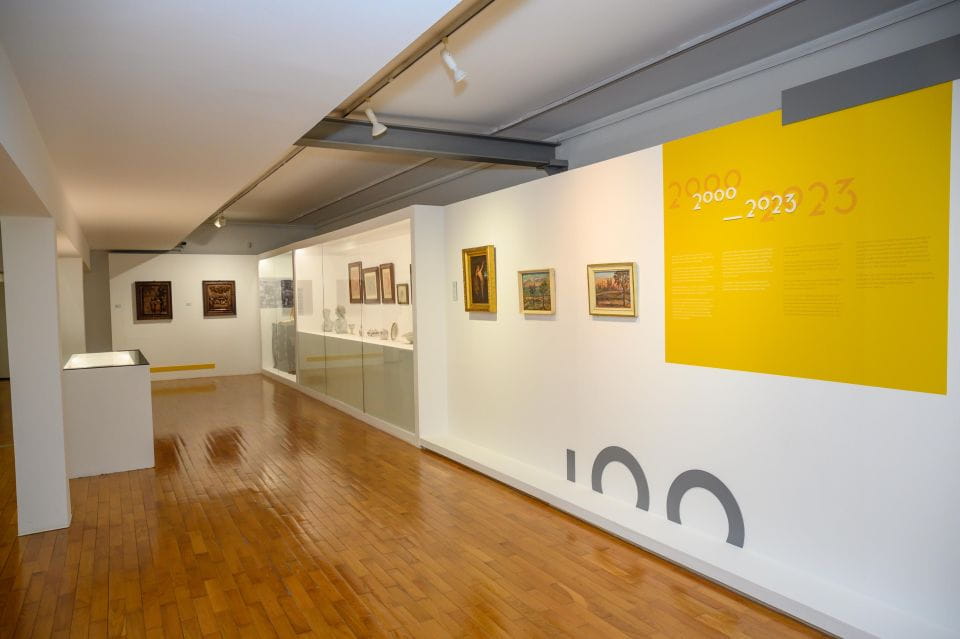
- Located in the historic city center of Viana do Castelo, Portugal, the Museum of Decorative Arts houses an impressive collection of faience, tiles, furniture, paintings, and sculptures.
- Significant holdings include an exquisite 18th-century tile collection, attributed to Valentim de Almeida, and biblical-themed chapel tiles crafted by Policarpo de Oliveira Bernardes.
- The museum offers insights into Viana do Castelo’s maritime legacy and the 18th-century reforms in the ceramics industry, showcasing the region’s rich cultural heritage.
- Accessibility features, such as wheelchair-friendly facilities and descriptive audio aids, ensure a welcoming experience for all visitors, including families and the visually impaired.
- The museum’s educational opportunities empower visitors to explore the stories behind the exceptional art collections, providing a deeper understanding of local and global history.
Museum Overview and Ticket Info

The Museum of Decorative Arts in Viana do Castelo, Portugal offers visitors an immersive experience, with ticket prices starting at just £1.93 per person and the option to reserve now and pay later, allowing for flexible planning.
Located in the historic city center, the museum houses an impressive collection, including exquisite faience, intricate tiles, and stunning furniture, paintings, and sculptures.
Visitors can explore the museum’s rich heritage, from its significant 18th-century tile collection to the chapel adorned with biblical-themed tiles.
The museum’s dedication to preserving and showcasing Portugal’s cultural legacy makes it a must-visit destination for art enthusiasts and history buffs alike.
Whether you’re a local or a traveler, the Museum of Decorative Arts promises an unforgettable journey through time and art.
Ready for more culture? More museums we feature in Viana Do Castelo
Collections and Highlights
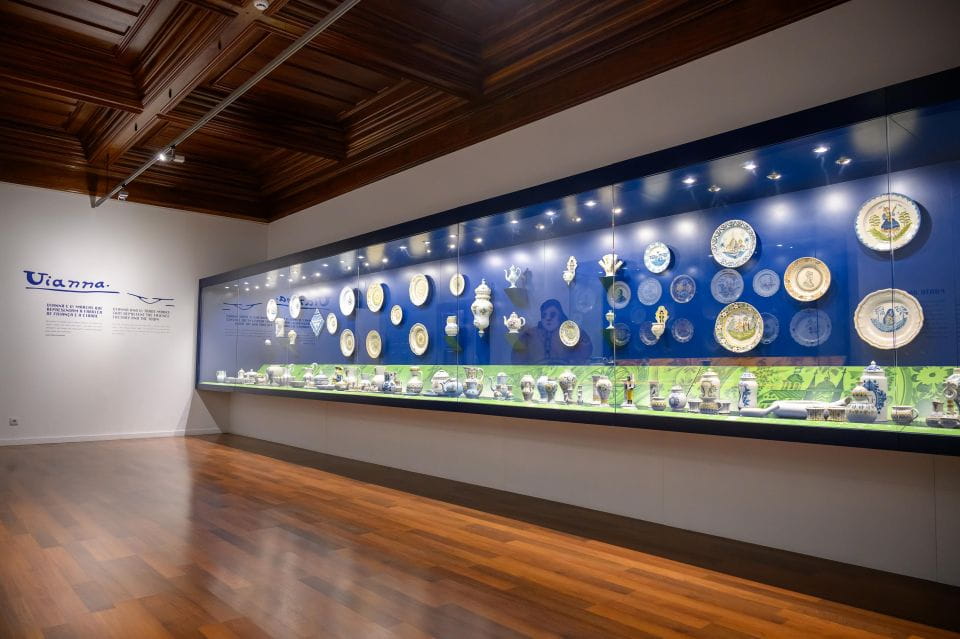
The museum’s collections boast an impressive array of faience, tiles, furniture, painting, drawing, stucco, numismatics, and sculpture, each piece a testament to the region’s rich cultural heritage.
Among the highlights are:
- A significant faience collection, one of the most important in Portugal, showcasing the technical mastery and artistic flair of local craftsmen.
- Exquisite 18th-century tiles from Lisbon, attributed to the renowned artist Valentim de Almeida, that adorn the walls with their breathtaking baroque depictions of continents, hunting scenes, and lush garden vistas.
- A magnificent chapel adorned with historic tiles featuring biblical themes, crafted by the skilled hand of Policarpo de Oliveira Bernardes, a celebrated figure in the ceramics industry.
Accessibility and Amenities
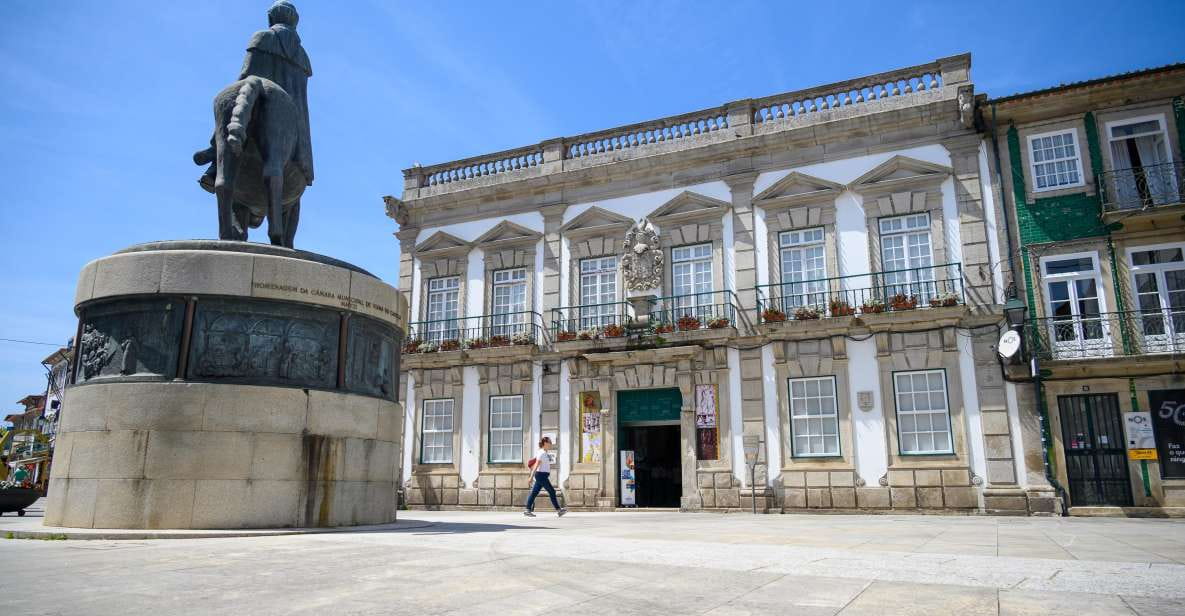
Wheelchair-bound visitors can easily navigate the museum’s accessible facilities, while families can take advantage of the on-site nursery.
Descriptive audios further enhance the experience for guests with visual impairments, ensuring the museum’s treasures are accessible to all.
The museum’s thoughtful amenities create a welcoming environment for visitors of all abilities, allowing them to fully enjoy the rich history and artistry on display.
Whether exploring the faience collection or admiring the stunning baroque tiles, guests can do so comfortably and without restriction, thanks to the museum’s commitment to inclusivity.
With these exceptional accommodations, the Museum of Decorative Arts ensures that everyone can appreciate the remarkable cultural heritage it showcases.
Educational Opportunities
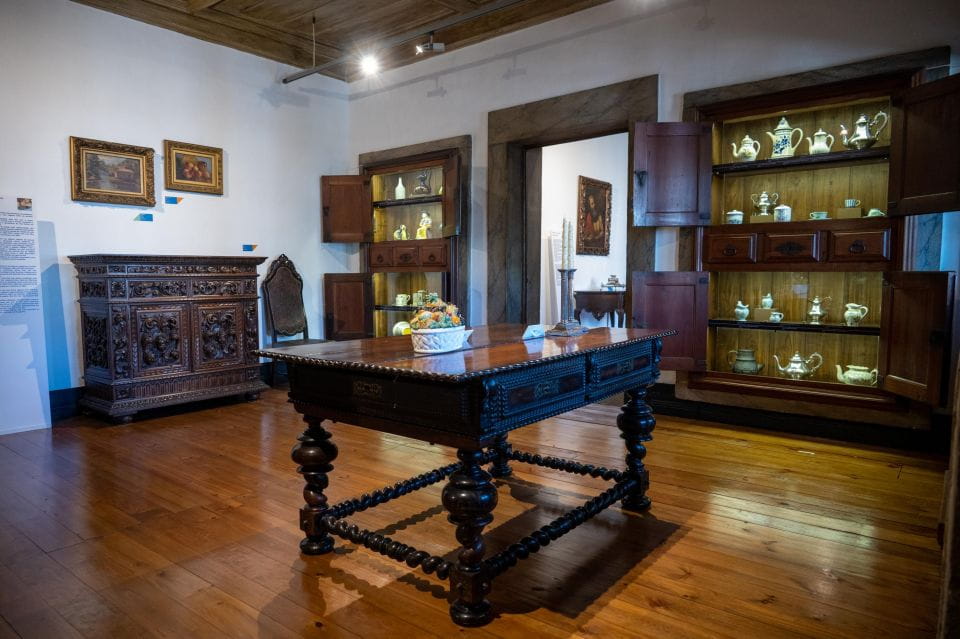
Visitors to the Museum of Decorative Arts can gain remarkable insights into local and global history through the museum’s exceptional art collections and expansive exhibition spaces.
The museum offers three key educational opportunities:
- Immerse in the reformist impulse of the 18th century that revolutionized the ceramics industry and established new manufacturing centers for earthenware.
- Discover how the maritime vocation of Viana do Castelo is woven into the narrative of the rooms, providing a deeper understanding of the region’s cultural heritage.
- Explore the museum’s world-class faience collection, one of the most significant in Portugal, and uncover the stories behind these exquisite decorative arts.
The Museum of Decorative Arts empowers visitors to experience history through the lens of breathtaking artistic achievements.
Historical Significance
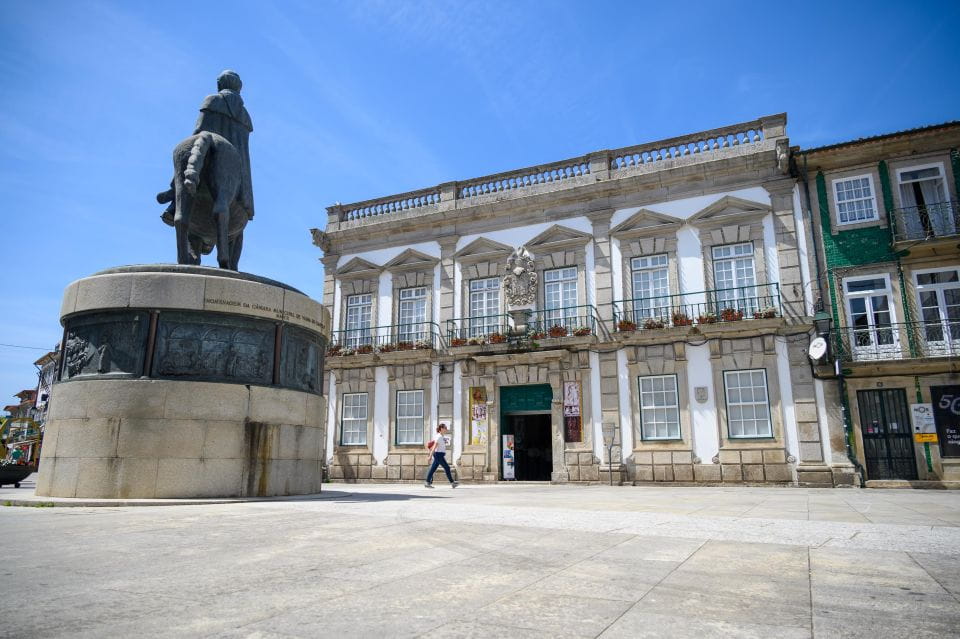
Viana do Castelo’s Museum of Decorative Arts boasts a remarkable historical significance, serving as a testament to the region’s flourishing maritime legacy and the transformative 18th-century reforms that revolutionized the ceramics industry across Portugal.
The museum’s vast collections of faience, tiles, and other decorative arts offer a captivating glimpse into the country’s rich cultural heritage. Visitors can admire the museum’s prized holdings, including the exquisite Baroque tiles depicting biblical themes and scenes of hunting and garden life.
The museum’s spaces also narrate the history of Viana and its seafaring traditions, underscoring the inextricable link between the local community and the global influences that shaped its artistic expression over the centuries.
Ceramic Arts and Industry
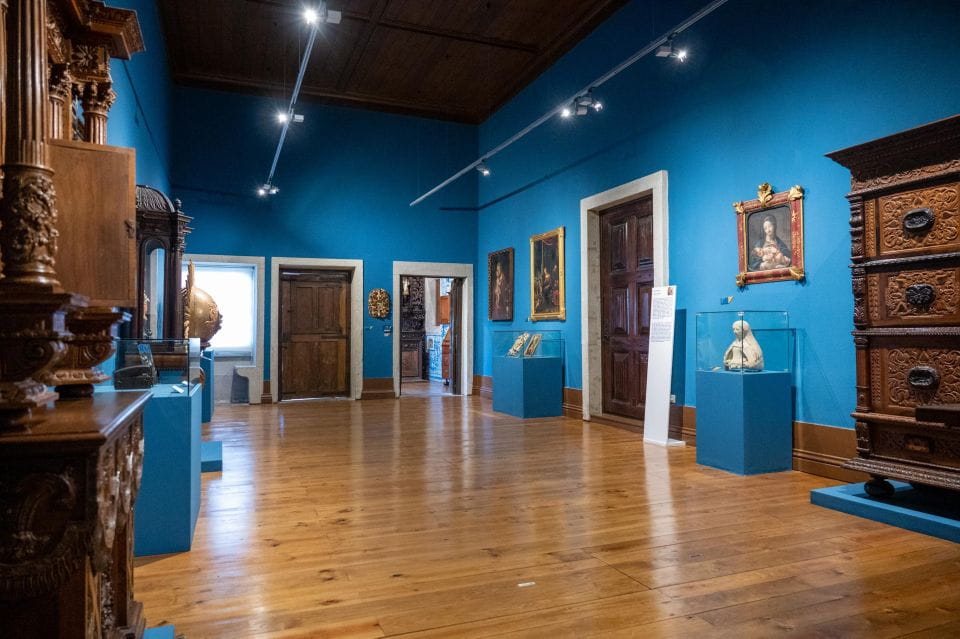
The museum’s remarkable ceramic arts and industry collections reflect Viana do Castelo’s rich cultural heritage, tracing the transformative 18th-century reforms that revolutionized Portugal’s ceramics landscape.
Visitors can admire the museum’s impressive faience collection, one of the most significant in the country. Three highlights include:
- Exquisite 18th-century tiles from Lisbon, attributed to the renowned artist Valentim de Almeida, showcasing intricate biblical scenes and garden motifs.
- Magnificent Baroque tiles depicting vibrant hunting and continent-themed designs.
- The chapel’s stunning biblical-themed tiles, masterfully crafted by the renowned artist Policarpo de Oliveira Bernardes.
These captivating works not only showcase Viana do Castelo’s artistic prowess but also illustrate the profound impact of the 18th-century reforms that propelled Portugal’s ceramics industry to new heights.
Planning Your Visit
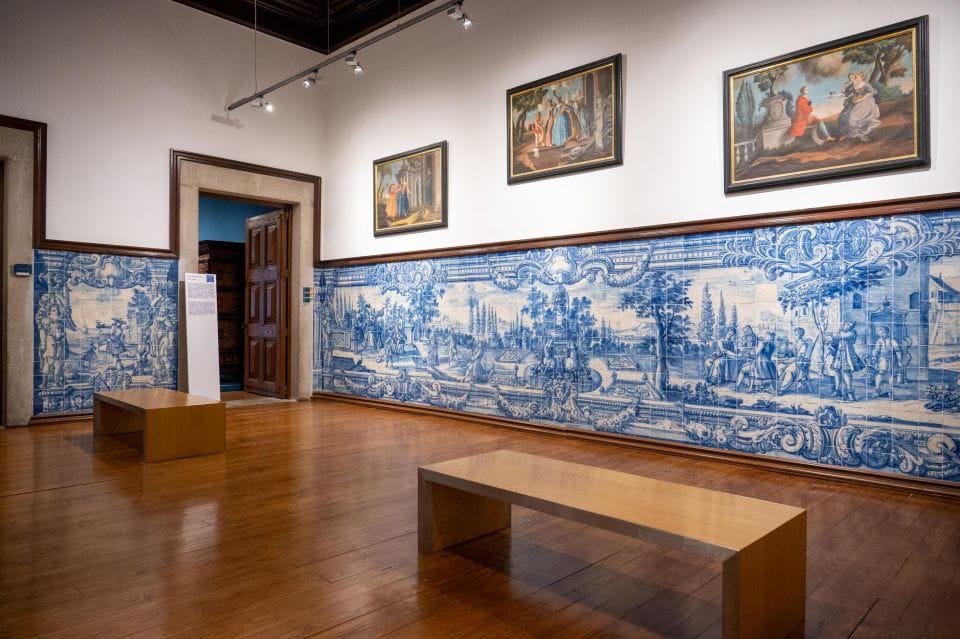
Guests planning a visit to the Museum of Decorative Arts can easily reserve their tickets online and pay later, with the option to cancel up to 24 hours before for a full refund.
The museum’s reasonable entry fee, starting at just £1.93 per person, makes it an accessible destination for art enthusiasts and history buffs alike.
Upon arrival, visitors will find the museum to be wheelchair-friendly, with additional amenities like descriptive audios to enhance the experience.
While flash photography is prohibited, guests can enjoy the museum’s magnificent collection, which spans faience, tiles, furniture, paintings, drawings, and more.
The museum’s educational value is undeniable, offering insights into local and global history through its diverse exhibits.
Frequently Asked Questions
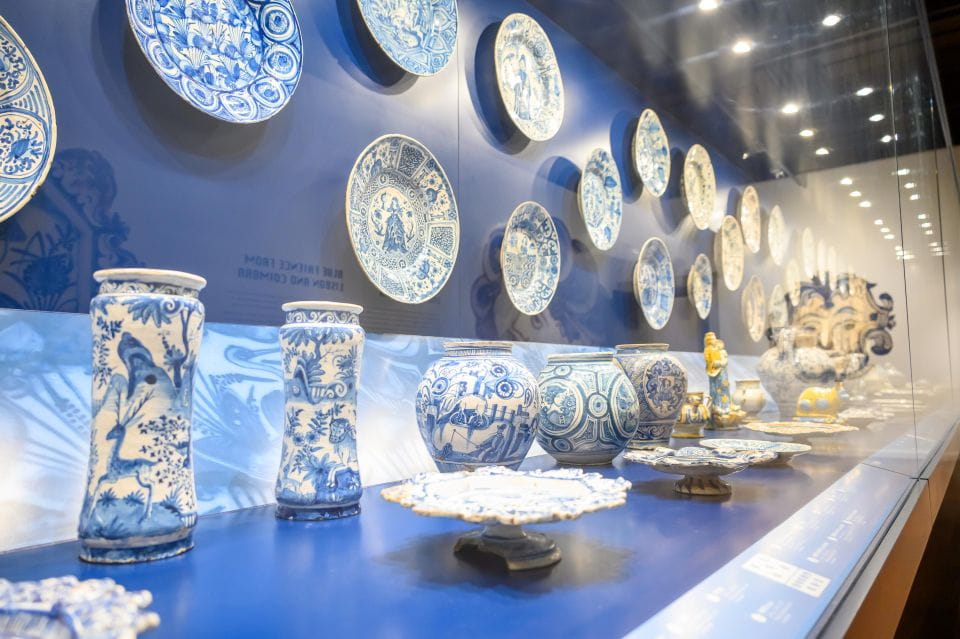
Do You Offer Any Discounts for Students or Seniors?
Yes, the museum offers discounted admission for students and seniors. With a valid ID, these visitors can enjoy the impressive collection at reduced rates, making it an affordable cultural experience for all.
What Is the Best Time of Day to Visit the Museum?
The best time to visit the museum is typically during the morning or early afternoon when crowds are smaller, allowing for a more immersive and peaceful experience admiring the remarkable art and historical treasures on display.
Are Guided Tours Available, and if So, How Can I Book One?
Guided tours are indeed available at the museum. Visitors can book a tour by contacting the museum’s phone number or email address. These tours provide an immersive experience, offering deeper insights into the museum’s impressive collections and local history.
Do You Have a Gift Shop or Any Merchandise for Purchase?
The museum’s gift shop offers a variety of carefully curated souvenirs and merchandise, allowing visitors to take home a piece of the museum’s history and artistry. From ceramics to books, there’s something for every taste and budget.
Can I Take Photographs Inside the Museum?
Yes, visitors can take photographs inside the museum, though flash photography is not allowed. The museum encourages capturing the beauty and grandeur of its remarkable art collections for personal memories.
Recap
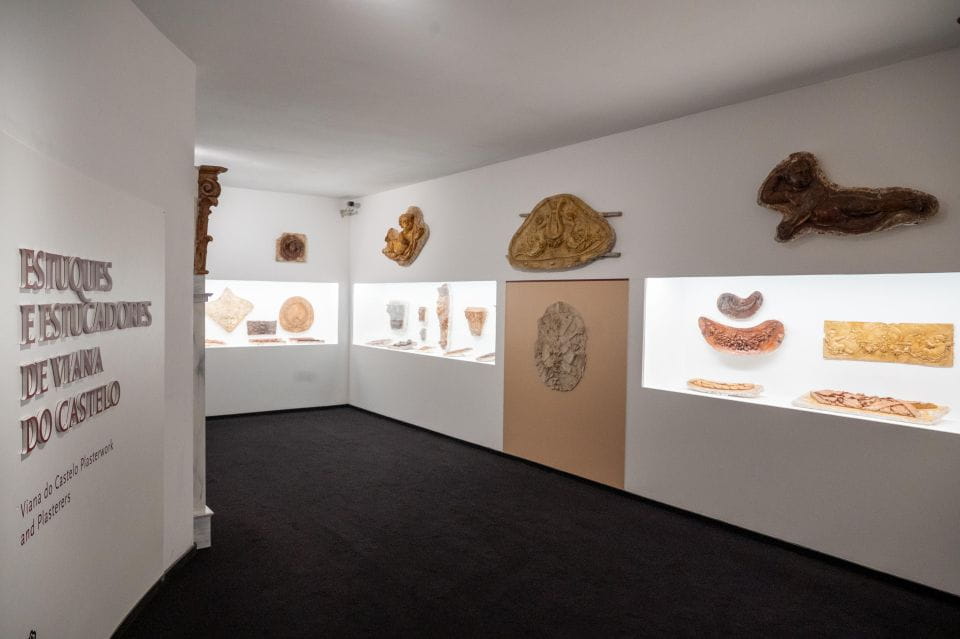
The Museum of Decorative Arts in Viana do Castelo is a must-visit destination for those seeking to enjoy Portugal’s rich cultural heritage.
From its impressive collection of 18th-century tiles to its beautifully curated furnishings and sculptures, the museum offers a captivating journey through the region’s maritime legacy.
With its accessible facilities and educational programs, it’s an inclusive space that invites visitors to appreciate the enduring artistry and history that define this enchanting corner of Portugal.
